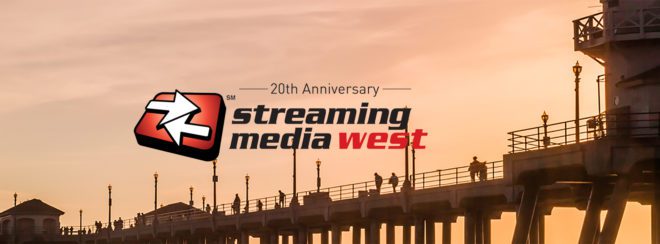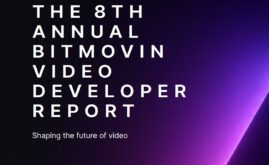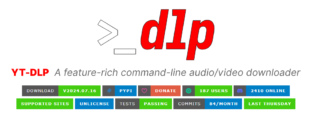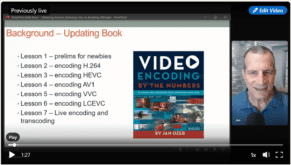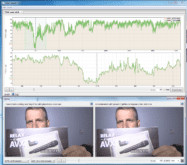Just back from Streaming Media West in Huntington Beach, where I participated in seven presentations over three days. Handouts are up and ready for your download, and the videos are up as well.
Three of these presentations, on FFmpeg, HEVC/HLS, and latency, were co-produced by David Hassoun and Jun Heider from the RealEyes consultancy, which serves clients like NBC, ESPN, MLBAM, Adobe, and Lionsgate. I spent weeks preparing my part, and I know David and Jun did the same. So you’ll definitely find some worthwhile content in the presentations.
Here’s the lineup; click the heading to navigate to the page and download the handout.
Per-Title Encoding – This session compares the efficiency, implementation issues, and costs of multiple commercially available and open-source per-title alternatives, like Capella Systems Cambria Encoder, compression optimization from multiple vendors, and the alternatives available using FFmpeg. Learn what per-title encoding is, how the various options work, and which is the best option for you.
How to Build a Cloud Encoder with FFmpeg – This covers basic FFmpeg encoding and packaging commands, as well as how to automate these processes in the cloud.
If you’re interested in FFmpeg, check out this book, available on Amazon and as a downloadable PDF (sorry so big; no resizing controls in LinkedIn authoring system).
Comparing AV1, VP9, HEVC, & H.264 – This session evaluates the quality of AV1, VP9, and HEVC, and compares them to H.264. Learn how much bandwidth you can save with each and how the newer codecs compare from quality and implementation perspectives.
Reducing Latency and Startup Times – Details the most effective strategies for minimizing startup time and latency without swamping your network with additional HTTP requests, and how to implement them in your encoding and delivery workflows.
Encoding Live and VOD for HEVC/HLS – The workshop starts by reviewing the new Apple specification for HEVC/HLS and sharing playback details, like how well HEVC plays on hardware supported and non-hardware supported devices. Then it focuses on the HEVC codec itself, describing encoding options, royalty costs, and other implementation details. Learn how to create the necessary content and manifest files for mixed H.264/HEVC encoding ladders, and finish with a look at how to produce live content compatible with the new specification.
Encoding 2017: Codecs & Packaging for PCs, Mobile, & OTT/STB/Smart TVs– This workshop is divided into multiple segments by target platform to teach you the applicable standards and best strategies for delivering live and VOD adaptive video to viewers on that platform, both with and without DRM. Along the way, attendees learn options for producing H.264, HEVC, and VP9; the status of standards such as the Media Source Extensions (MSE) and Encrypted Media Extensions (EME); and how and when to utilize them.
Technologies for Live Streaming to Multiple Platforms – This workshop reviews the alternatives for streaming live to multiple outlets like Facebook Live, YouTube Live, Livestream, Twitter, or Twitch, identifying the available hardware, software, and cloud products and services, and detailing their pros, cons, and pricing models.
I hope you find this information useful.
 Streaming Learning Center Where Streaming Professionals Learn to Excel
Streaming Learning Center Where Streaming Professionals Learn to Excel

